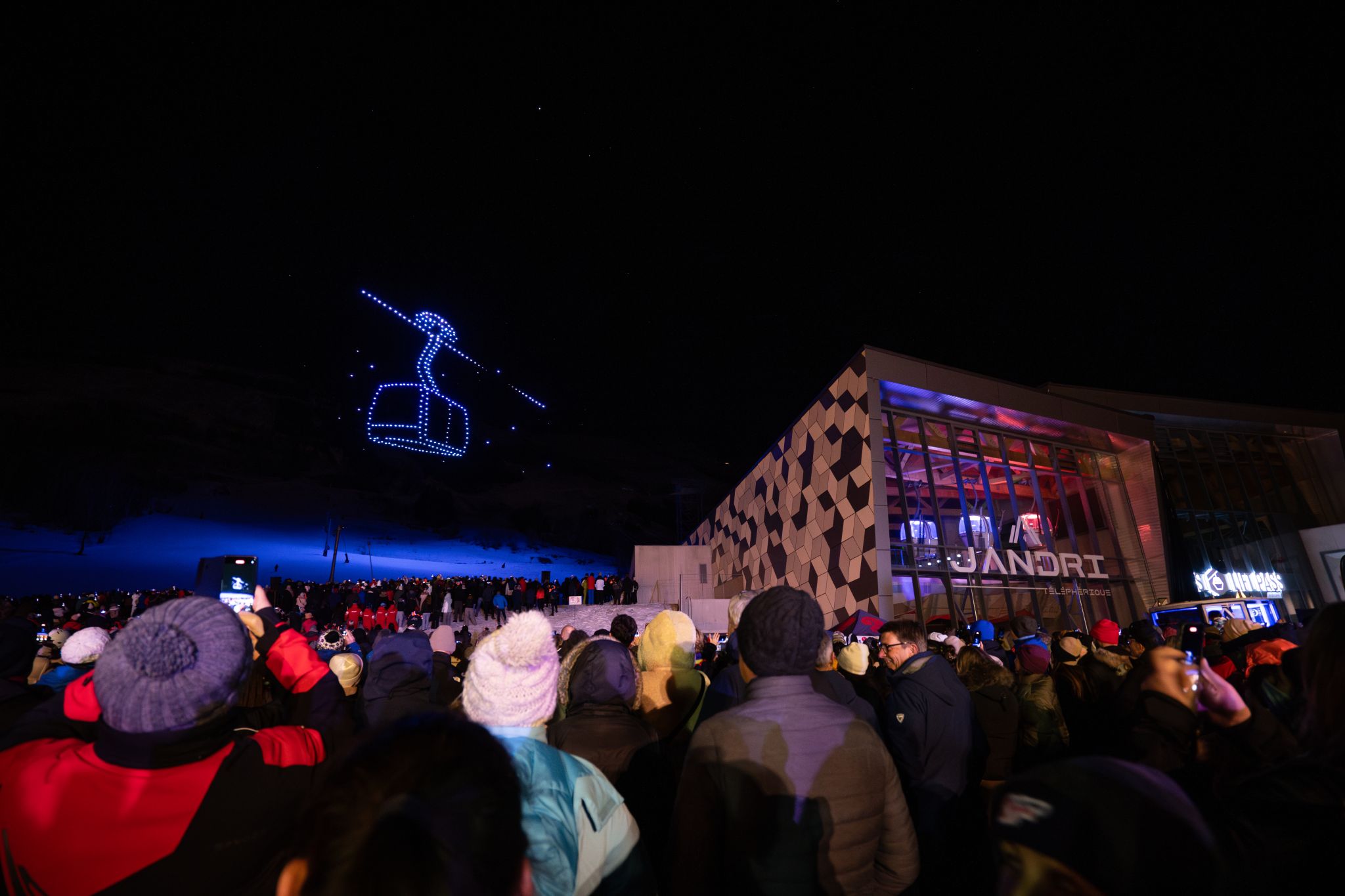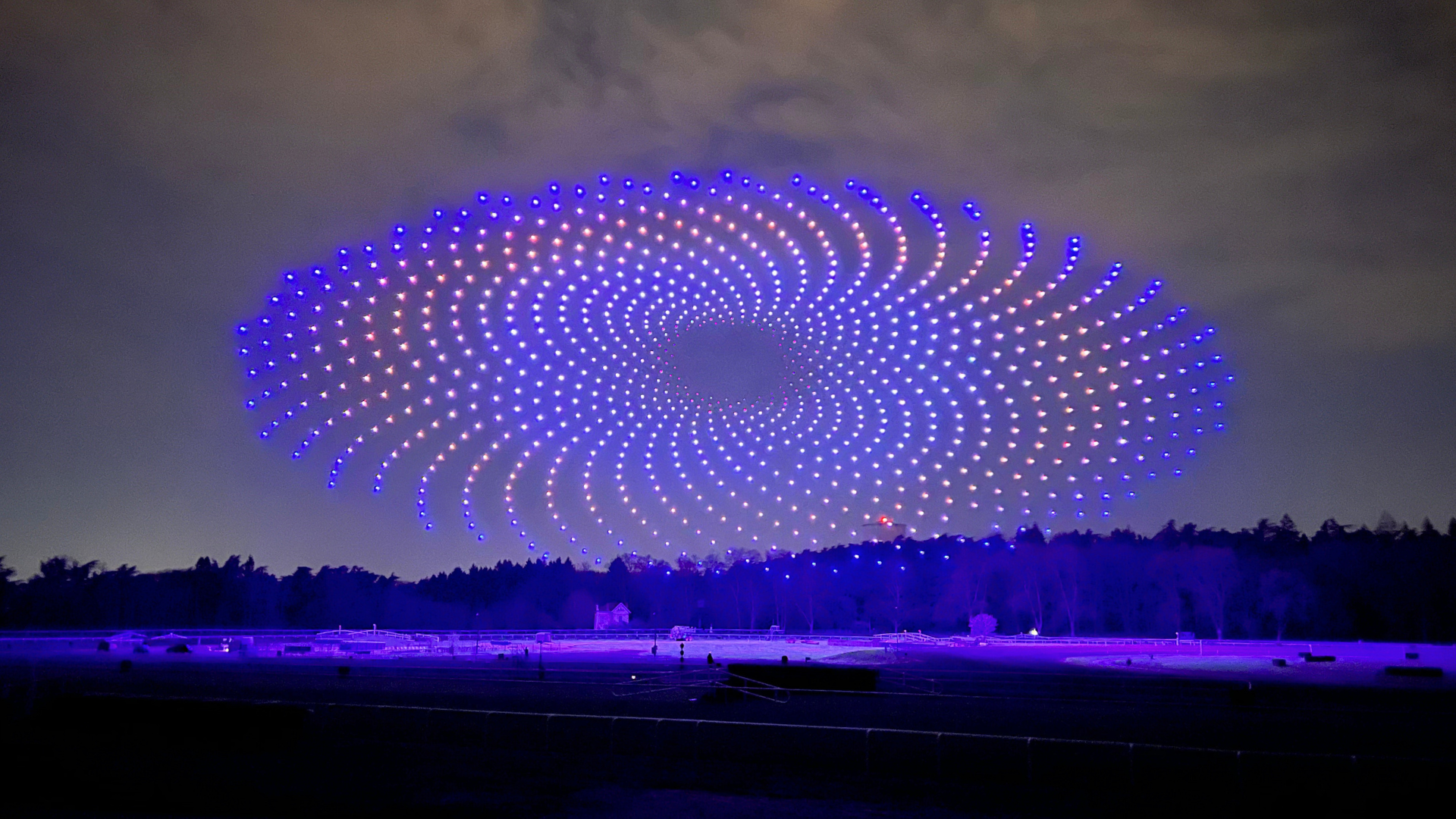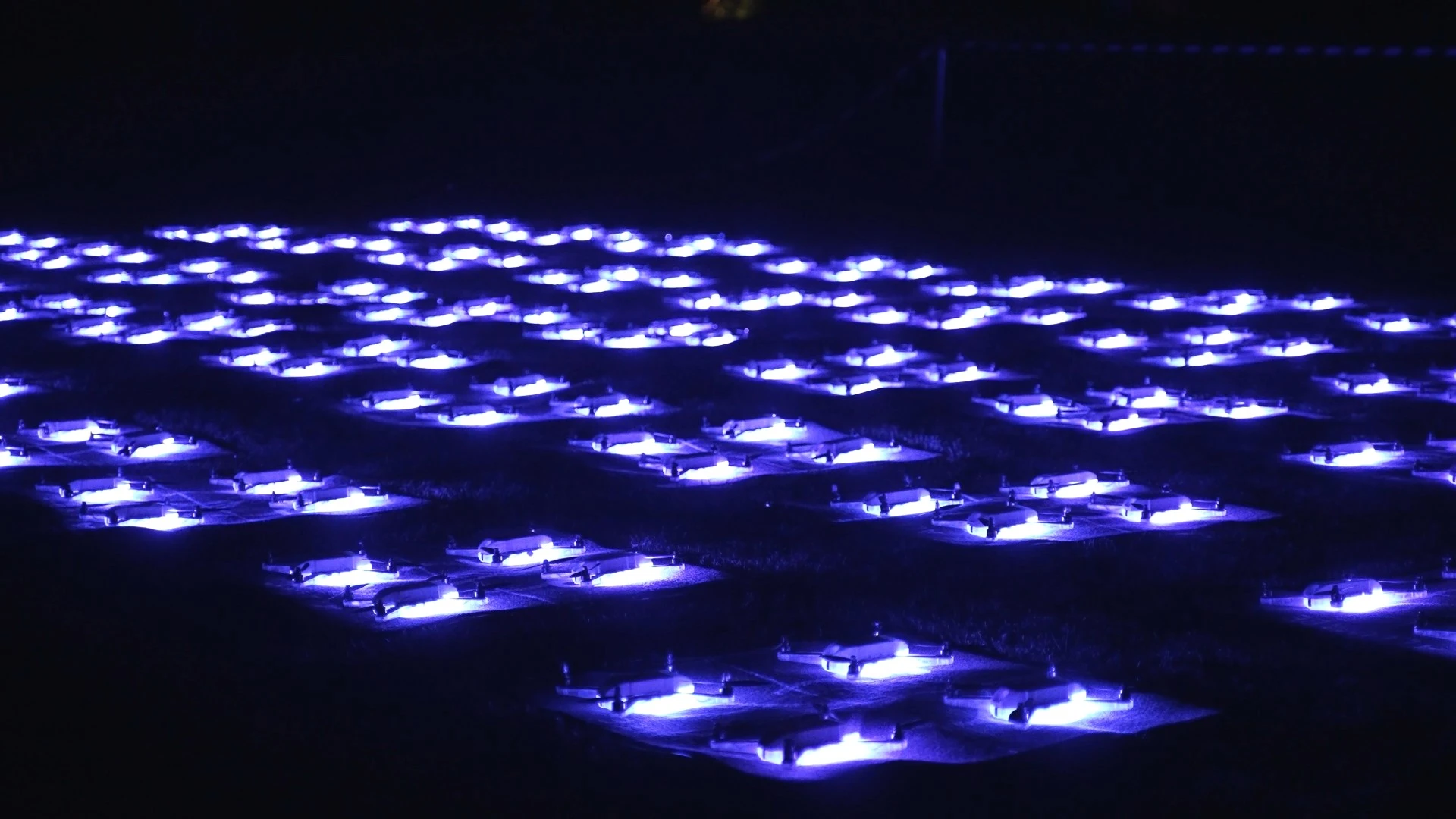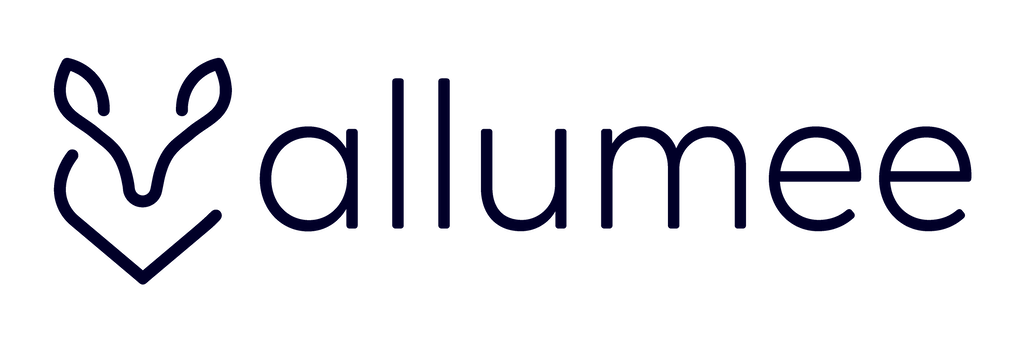Where can a drone fly?
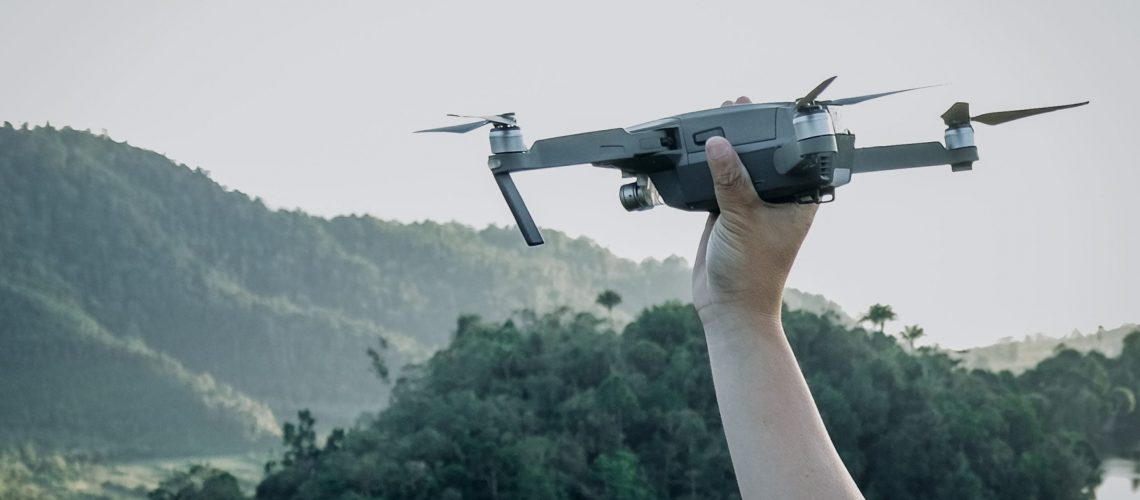
Where can a drone fly?
Drones are aircraft subject to regulations just like all flying devices. It is everyone's responsibility to inform themselves about the laws governing this practice.
The classification of drones
Previously, French law classified drones into two categories: recreational and professional. Since January 2021, European regulations have introduced two new categories: Open and Specific. This change means that the category is no longer determined by use, but by risk. The Open category includes subcategories classified by risk level (A1 to A3) based on weight, height, and functionality. The Specific category contains more complex subcategories. Professionals can be classified into both categories.
To comply with European laws and the DGAC (French Civil Aviation Authority), pilots must complete several steps and stay informed of legal changes. Allumee, which specializes in drone shows, must obtain authorization from the DSAC to fly in a specific area. The application includes an Operational Context and a SORA analysis to assess risks. Once the documents are approved, Allumee can safely perform.
Cooperation with the DSAC allows Allumee to ensure a maximum level of security.
Airspace
Airspace is an integral part of the regulatory factors to consider when flying a drone. A drone, like any other flying device, must adhere to flight zones to maintain safety between each device and allow airspace to be shared with others.
The site geoportal is available to the user to better understand the regulations in their flight zone.
Allumee always keeps itself informed of the authorized and unauthorized flight zones, in order to best help you in choosing the location of the show and always with the aim of offering a quality service.
Administrations – DGAC
The Directorate General of Civil Aviation is responsible for regulating and supervising air safety, air transport and civil aviation activities in general.
Concretely, it works to find solutions to ensure optimal flight quality and safety. It looks after passengers, pilots, and all those involved on the ground.
The DGAC's missions go even further; the organization reconciles the development of aviation activities with life on the ground. It ensures that an aeronautical project does not harm nearby homes or the wildlife present.
It plays an intermediary role between aviation and local authorities to achieve the best possible cohabitation.
Allumee had to respond to the DGAC's requests with hundreds of pages of documentation to demonstrate that everything was being done to ensure the safety and comfort of the public. The DGAC approved our safety measures, allowing us to offer you a show that fully complies with current laws regarding both safety and public comfort.
Conclusion :
After the pilot has learned about the classification of his drone involving different duties and responsibilities, he must analyze the area in which he will fly his drone.
Pilots must respect the airspace by keeping themselves informed of the geographical area in which they are located, using the website geoportal.
The areas chosen must be compatible with drone flights and in line with the recommendations of the DGAC.
If the following criteria are met, the flight can take place, while maintaining vigilance.

